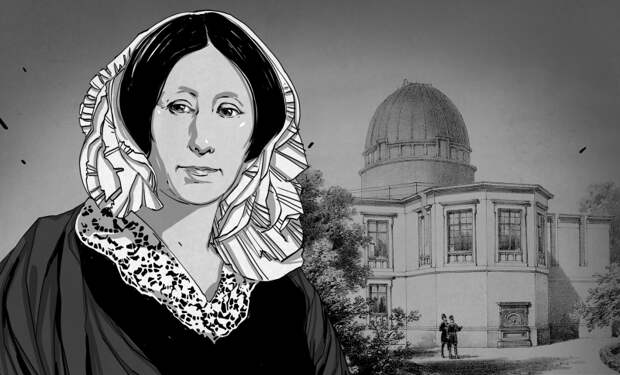Author: Brian Benchoff / Source: Hackaday

Science, as a concept, is relatively new. Benjamin Franklin wasn’t a scientist probing the mysteries of amber and wool and electricity and ‘air baths’; he was a natural philosopher. Antonie van Leeuwenhoek was simply a man with a proclivity towards creating new and novel instruments.
Robert Hooke was a naturalist and polymath, and Newton was simply a ‘man of science’. None of these men were ever called ‘scientists’ in their time; the term hadn’t even been coined yet.The word ‘scientist’ wouldn’t come into vogue until the 1830s. The word itself was created by William Whewell, reviewing The Connexion of the Physical Sciences by Mary Somerville. The term used at the time, ‘a man of science’, didn’t apply to Mrs. Somerville, and, truth be told, the men of science of the day each filled a particular niche; Faraday was interested in electricity, Darwin was a naturalist. Mary Somerville was a woman and an interdisciplinarian, and the word ‘scientist’ was created for her.
Discovering Neptune, and Earth
The history of physics is in part the history of astronomy. Following the publication of Newton’s Principia, the observations of Kepler and Brahe, men of science had become very, very good at measuring and tracking the motions of the planets. There was a lack of a truly predictive quality to this science, though; what discoveries could be made with this new-found knowledge?
This opportunity would arise in the late 1700s with the discovery of Uranus by William Herschel. The first new planet, along with the discovery of Ceres and other main belt asteroids in the 1800s, would provide astronomers with a wealth of data to catalog, new planets to find, and new discoveries to be made.
In 1831, Somerville would publish Mechanism of the Heavens, a 700-page tome describing the entirety of celestial mechanics. In this book, Somerville described the pull of gravity on the surface of the sun and planets, the pull of gravity on Earth, determined by the period of a pendulum, and a solution to a problem that stumped Kepler, finding the true anomaly of an orbit, or the angle between the direction of the periapsis and the current position of the celestial body.
The post Mary Somerville: The First Scientist appeared first on FeedBox.